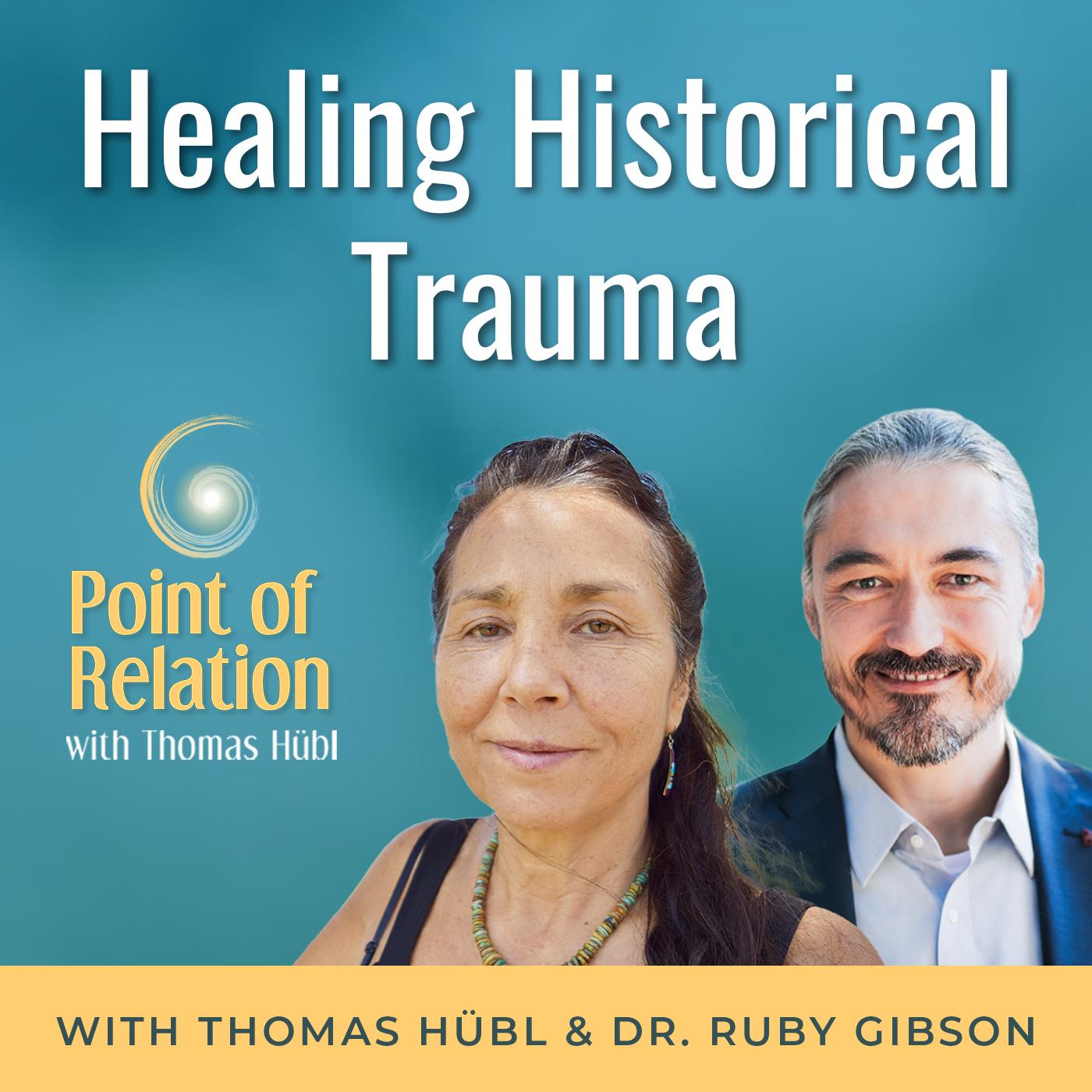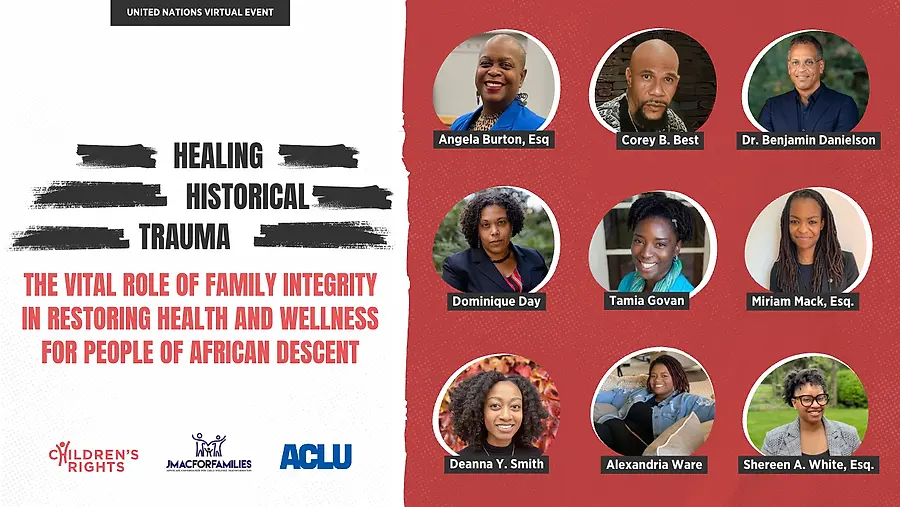
Healing from Historical Trauma on Turtle Island: Reclaiming Spirit and Sovereignty
Turtle Island, the Indigenous name for the North American continent, bears the deep, unhealed scars of centuries of colonialism. For Indigenous peoples, this trauma is not merely a historical footnote but a living, breathing reality that continues to manifest across generations. Healing from historical trauma on Turtle Island is a profound, complex, and ongoing journey – a testament to resilience, cultural reclamation, and the unwavering spirit of Indigenous nations.
Historical trauma, in the context of Indigenous peoples, is defined as the cumulative emotional and psychological wounding over the lifespan and across generations, emanating from massive group trauma experiences. These experiences include, but are not limited to, the violent dispossession of land, forced assimilation policies, the brutality of residential and boarding schools, the destruction of traditional governance structures, and the systematic suppression of language and culture. The impact is not confined to those who directly experienced these atrocities; it echoes through the descendants, manifesting in disproportionately high rates of mental health issues, substance abuse, suicide, and chronic disease.
The roots of this trauma are deeply embedded in the colonial project. From the arrival of European settlers, Indigenous populations faced disease, warfare, and deliberate policies aimed at their eradication or assimilation. The 19th and 20th centuries saw the implementation of policies like Canada’s Indian Act and the United States’ Dawes Act, designed to dismantle Indigenous societies, break apart families, and seize ancestral lands. Central to this assimilationist agenda were the residential and boarding schools. For over a century, more than 150,000 Indigenous children in Canada alone, and hundreds of thousands more in the U.S., were forcibly removed from their families, languages, and cultures, often subjected to severe physical, emotional, and sexual abuse. The stated goal, as famously articulated by Canada’s Duncan Campbell Scott, was to "kill the Indian in the child." These institutions severed intergenerational connections, instilled profound shame, and disrupted the transmission of traditional knowledge and parenting skills, leaving a devastating legacy that continues to unravel today.
The intergenerational impact is stark. Studies consistently show higher rates of Post-Traumatic Stress Disorder (PTSD), depression, anxiety, and suicidal ideation among Indigenous populations. The loss of cultural identity, the breakdown of family units, and the erosion of community structures contribute to a cycle of distress. Substance abuse often serves as a coping mechanism for this deep-seated pain. As Dr. Maria Yellow Horse Brave Heart, a leading scholar in historical trauma, emphasizes, "historical trauma is not just a psychological construct; it’s a social construct that affects the entire community." The collective memory of genocide, cultural devastation, and systemic racism is passed down through narratives, epigenetics, and the ongoing experience of discrimination, shaping the lived reality of Indigenous peoples.
However, amidst these profound challenges, a powerful movement of healing is flourishing across Turtle Island. This healing is fundamentally about reclaiming what was lost: identity, culture, language, land, and sovereignty. It is not a passive process but an active, community-driven struggle for wellness and justice.

One of the most vital pathways to healing is cultural revitalization. Language reclamation efforts, from immersion schools to community language camps, are seen as critical. Language is not merely a tool for communication; it embodies worldview, traditional knowledge, and spiritual connection. Similarly, the resurgence of traditional ceremonies, dances, songs, and storytelling acts as powerful medicine. These practices re-establish connections to ancestors, spiritual teachings, and a sense of belonging that was deliberately undermined. Art, be it visual, performance, or literary, serves as a profound medium for expressing pain, resilience, and identity, providing a platform for individual and collective healing. The act of creating, sharing, and witnessing Indigenous art is a vital part of reconnecting with cultural strength.
Land-based healing is another cornerstone. For Indigenous peoples, the land is not just a resource but a living relative, imbued with spiritual significance and ancestral memory. Reconnecting with ancestral territories through traditional hunting, fishing, gathering, and spiritual practices fosters a deep sense of identity, belonging, and well-being. Programs that take youth and elders back to the land for traditional teachings, environmental stewardship, and cultural immersion are proving incredibly effective. This re-engagement with traditional ecological knowledge (TEK) also reinforces sustainable practices and a holistic understanding of health that extends beyond the individual to the entire ecosystem.
Community-led initiatives are at the heart of the healing journey. Elders, revered as knowledge keepers and spiritual guides, play a crucial role in transmitting wisdom, offering counsel, and leading ceremonies. Youth programs focused on cultural identity, leadership development, and intergenerational mentorship are empowering the next generation to heal and thrive. Peer support groups, often incorporating traditional healing circles and talking circles, provide safe spaces for individuals to share their experiences, validate their pain, and find collective strength. These initiatives reflect the inherent strength of Indigenous social structures that prioritize collective well-being over individualistic approaches.
At an institutional level, the push for Truth and Reconciliation is paramount. In Canada, the Truth and Reconciliation Commission (TRC) documented the horrific legacy of residential schools, issuing 94 Calls to Action aimed at addressing the ongoing harms and fostering reconciliation between Indigenous and non-Indigenous peoples. While progress has been slow, the TRC’s work has brought vital awareness and created a framework for systemic change. Similar efforts are underway in the United States, with a growing focus on investigating boarding school abuses and repatriating ancestral remains. These processes are crucial for acknowledging the historical injustices, holding perpetrators accountable, and laying the groundwork for genuine healing.
Furthermore, self-determination and sovereignty are fundamental to healing. Indigenous nations are increasingly asserting their inherent rights to govern themselves, manage their lands, and control their own institutions, including healthcare and education. This shift from externally imposed solutions to Indigenous-led governance is critical for creating environments where healing can truly flourish. Decolonizing healthcare systems, for example, involves integrating traditional healing practices with Western medicine, providing trauma-informed care that respects cultural protocols, and ensuring Indigenous voices guide the design and delivery of services.
The journey of healing from historical trauma on Turtle Island is multifaceted, spanning individual, family, community, and national levels. It is a testament to the extraordinary resilience of Indigenous peoples, who, despite enduring centuries of profound trauma, continue to assert their cultures, languages, and spiritual practices as powerful tools for recovery and empowerment. As Indigenous scholar and activist Ta-Nehisi Coates once observed in a different context, "The wound is not the thing that makes us, it is the thing that we overcome." For Indigenous peoples on Turtle Island, overcoming historical trauma is not about forgetting the past, but about transforming its legacy into a source of strength, revitalizing ancient traditions, and forging a future rooted in self-determination, justice, and profound healing. The work is far from over, but the path forward is illuminated by the enduring light of Indigenous wisdom and an unbreakable spirit.



